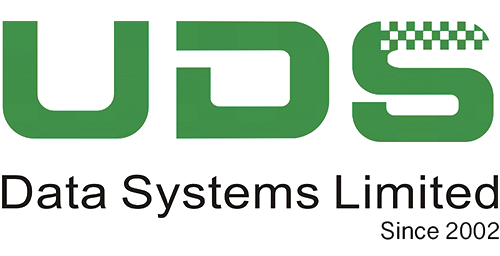Vulnerability assessment is like giving your digital fortress a thorough health check. It’s the process of identifying, quantifying, and prioritizing vulnerabilities within a system—whether that system is a network, an application, or even your favorite toaster (okay, maybe not the toaster, but you get the idea). Let’s break it down:
- Defining Vulnerabilities: These are the weak spots in your IT environment—the chinks in your digital armor. Vulnerabilities can be anything from outdated software to misconfigured settings. Imagine them as little unlocked doors that a determined cyber intruder might try to sneak through.
- Identifying and Classifying: The vulnerability assessment process involves scanning your systems to find these weak points. Think of it as a digital detective work. Automated tools (often provided by third-party security vendors) sweep through your endpoints, workloads, databases, and more, looking for vulnerabilities. They’re like the Sherlock Holmes of the cyber realm, minus the deerstalker hat.
- Prioritizing and Reporting: Not all vulnerabilities are created equal. Some are minor annoyances, while others are ticking time bombs. The assessment ranks them based on severity. This way, you know which ones need immediate attention and which ones can wait for the next IT spring cleaning.
Remediation and Patching: Armed with this knowledge, you can now take action. Patching vulnerabilities—fixing those unlocked doors—is crucial. It’s like installing a new lock or reinforcing a weak wall. Vulnerability assessments help you decide where to allocate your resources most effectively.
Why bother with all this? Well, vulnerabilities are like uninvited guests at a party—they might crash it and make off with your data, disrupt your services, or worse. By staying on top of vulnerabilities, you’re not just protecting your systems; you’re also ensuring compliance with regulations (like GDPR or PCI DSS) and keeping cybercriminals scratching their heads.



